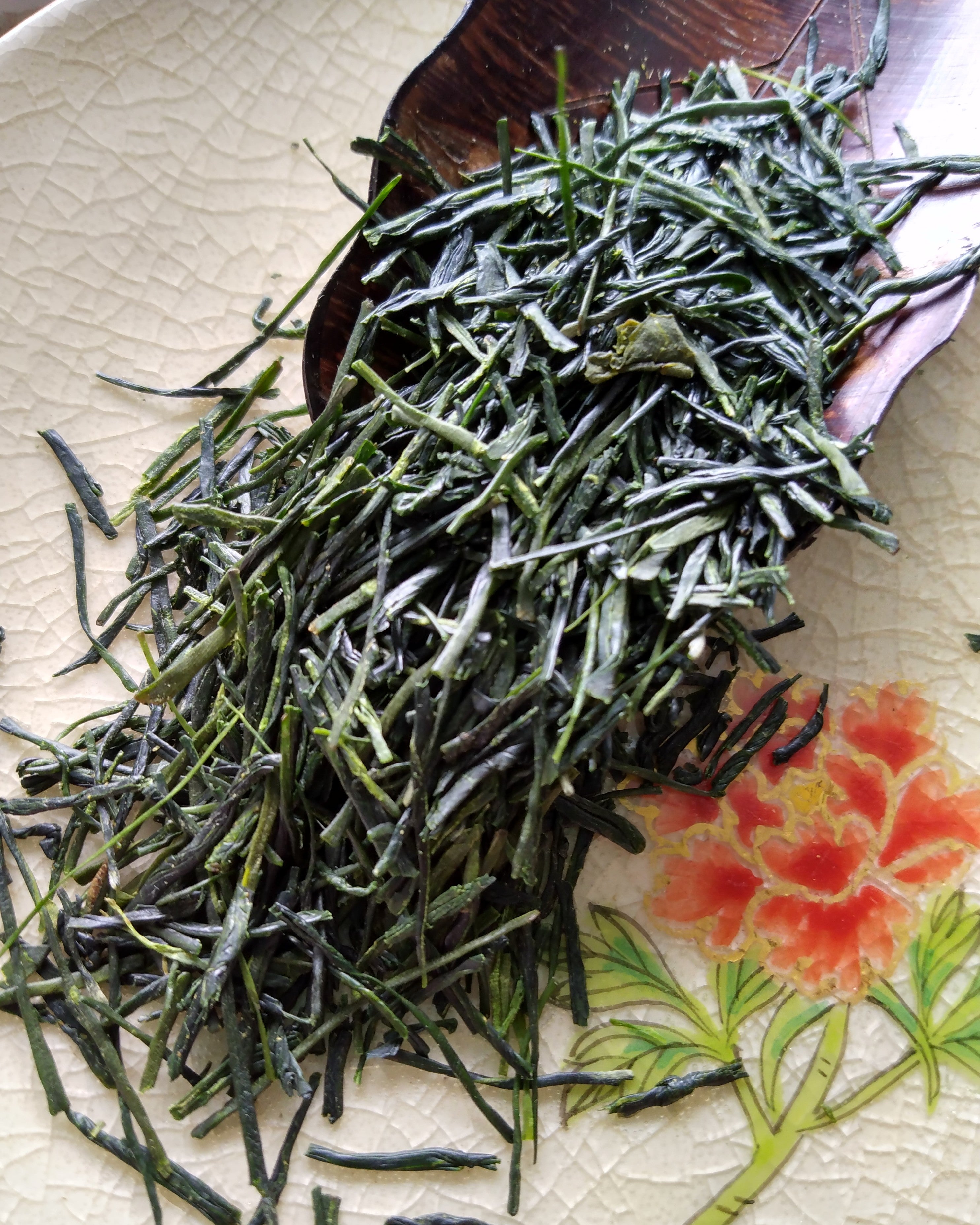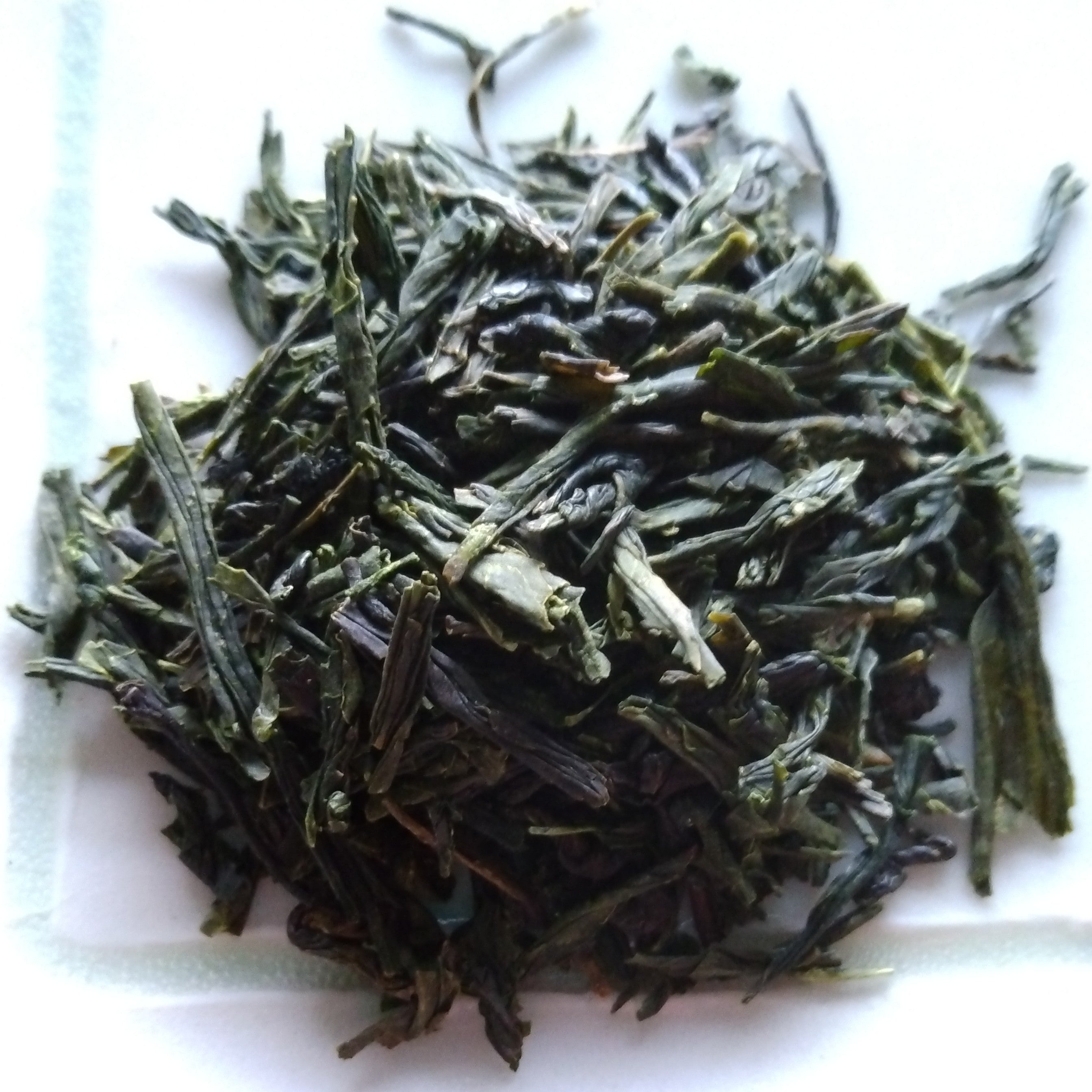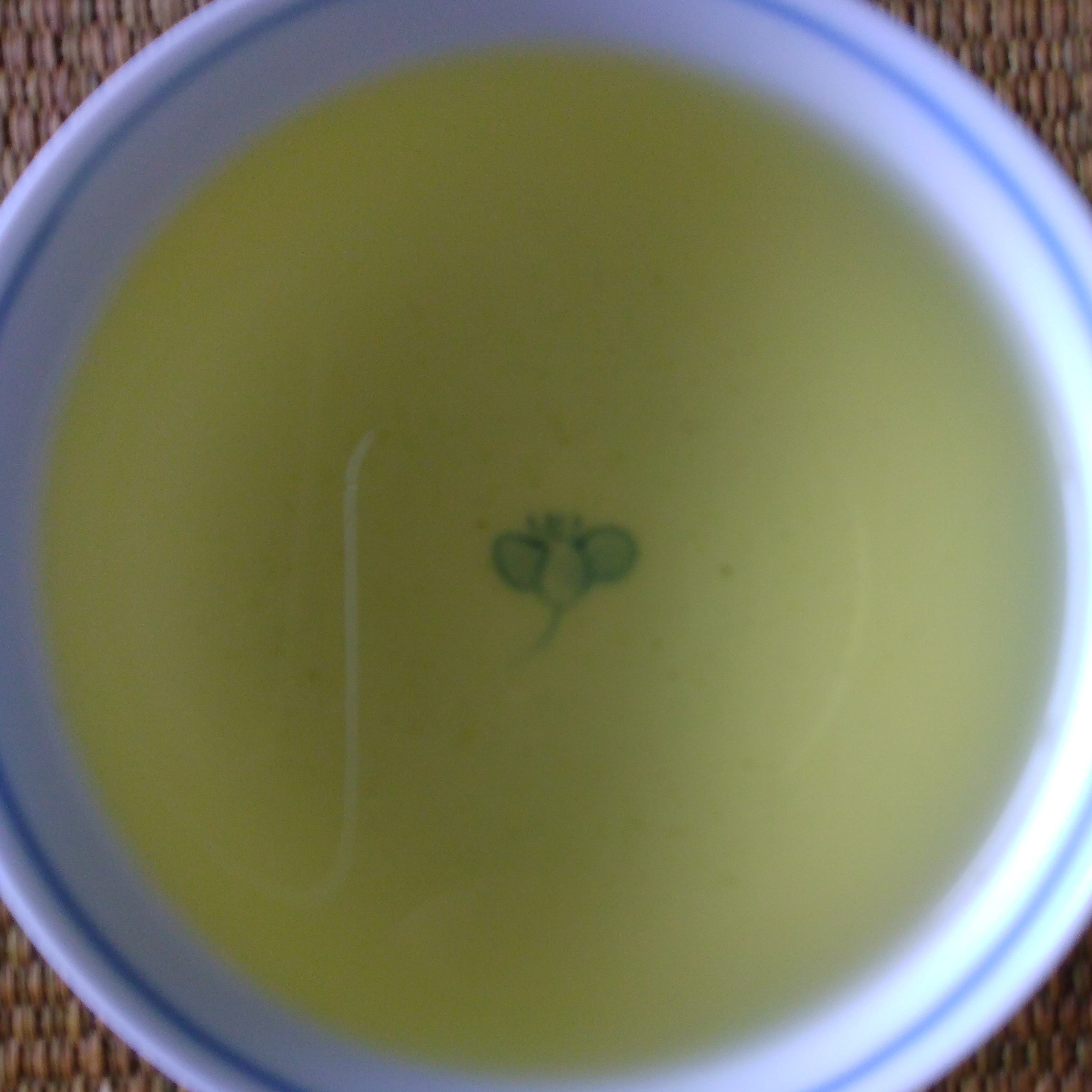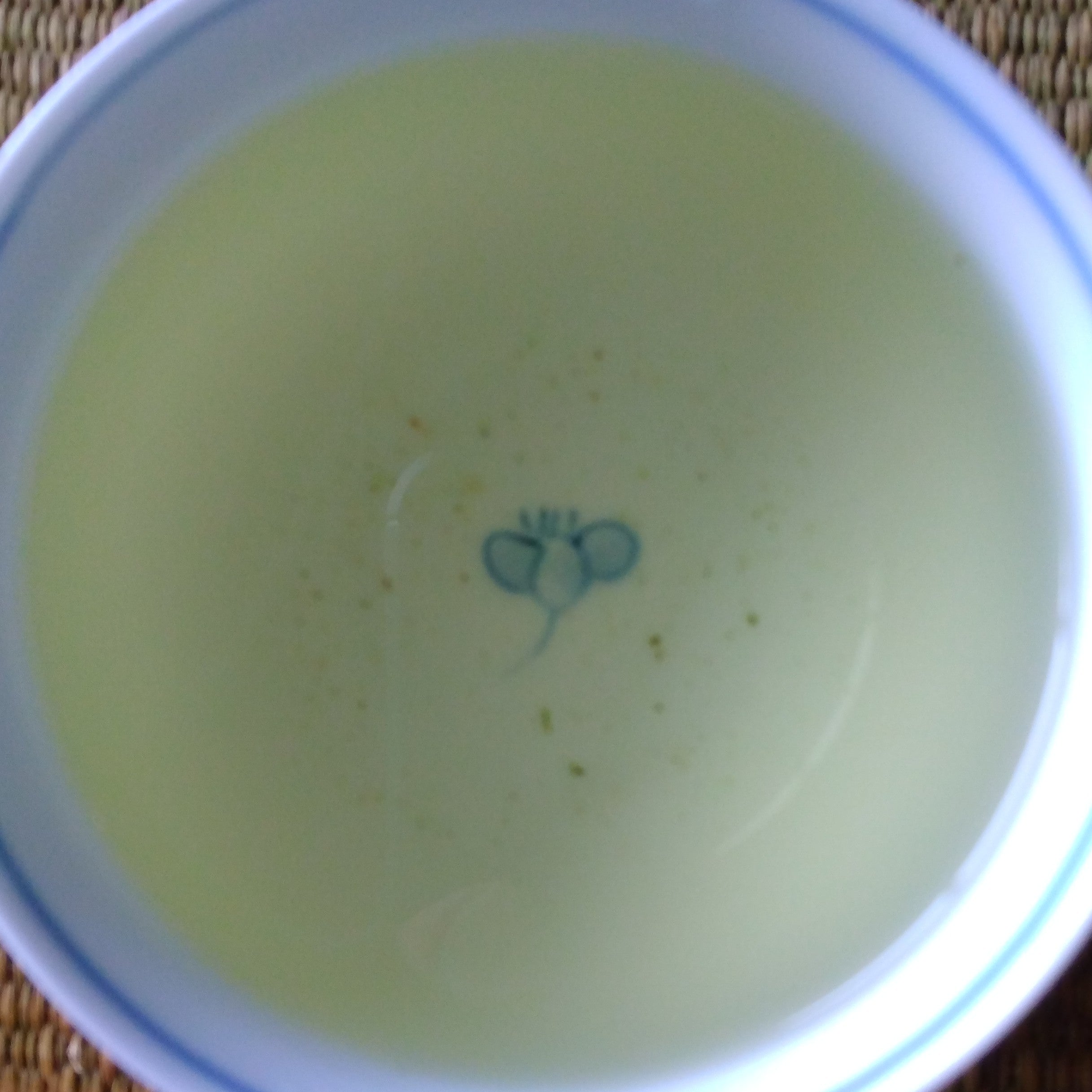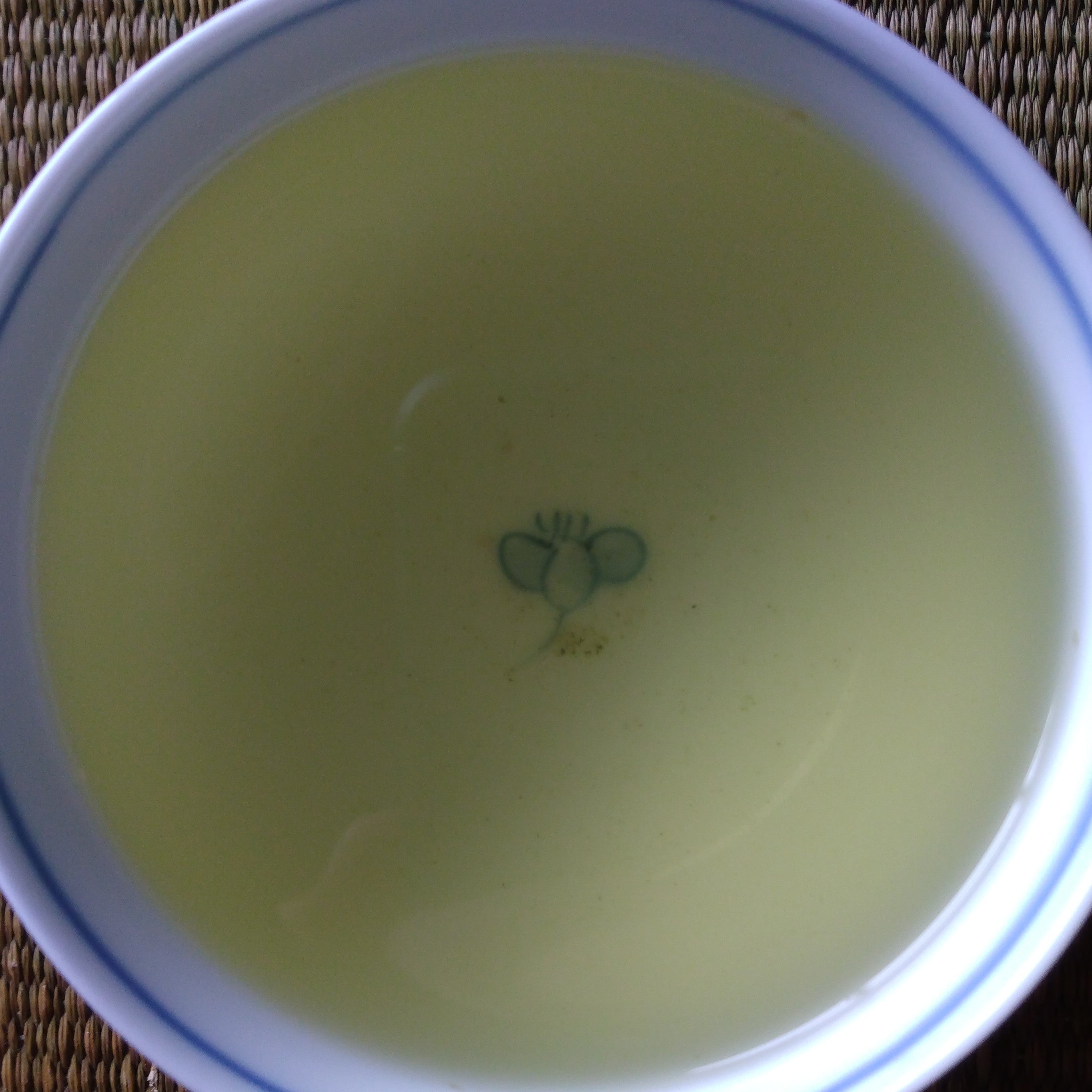Description
Yabukita GABALONG Sencha - 2025 Shincha (New Harvest Tea). Naturally grown with no synthetic pesticides or fertilizers.
Origin: Kawane, Shizuoka Prefecture.
Cultivar: Yabukita
Sweet, slightly grassy and a little bit peppery flavor notes come though in this tea with relatively low astringency. It drinks smoothly all the way to the finish.
GABLONG Tea, also called GABA Tea, or in romanized Japanese GABARON-CHA, is not a specific kind of tea, which is a common misconception. It is a processing technique, developed in Japan by Dr. Ohmori Masashi, Professor Emeritus of Otsuma Women's University, in 1986. It was under the direction of his boss, Dr. Obata Yataro, who was working on developing black teas in Japan that cold rival those of Darjeeling or Ceylon (Sri Lanka), and in conjunction with the National Tea Research Institute in Shimada, Shiuzoka Prefecture. The process is used on green, oolong, and black tea leaves to create a tea higher in GABA (gamma-aminobutric acid), an amino acid naturally occurring in tea. While invented in Japan, the process is also used quite a bit on Oolong Teas in Taiwan, and Black Teas in India. In fact, the Japanese name of GABARON or GABALONG, was coined by combining GABA + Oolong, as Oolong Tea was becoming a popular health trend in Japan at the time of this tea's development.
The process is an anaerobic (deprived of oxygen) treatment where the tea leaves are stored in a nitrogen-rich (oxygen-free) chamber for six to ten hours. GABA levels are increased ten times or more in this environment.
Since the 1960's, researchers already knew that GABA had beneficial effects on lowering high blood pressure. Further research on GABA Tea since then has also shown some correlation between GABA and reduced stress and better sleep, although causal effects are still unknown.
So, for many, GABA Teas are drunk for reasons of health. While flavor is not affected much by the nitrogen storage treatment, it does seem to diminish Japanese tea's natural grassy aroma a bit. Astringency also seems to be diminished while sweetness in increased.
Kawane has been a major tea production center in Shizuoka Prefecture for reportedly over 400 years. It is in the central part of the prefecture with mountains and clean rivers and streams, among them the Oi River that runs through it. While it technically no longer exists as a municipality after being merged into the city of Shimada in 2008, teas from the former Kawane are still referred to as Kawane-cha, and for tea drinkers in Japan the town of Kawane will always remain as "Kawane."
